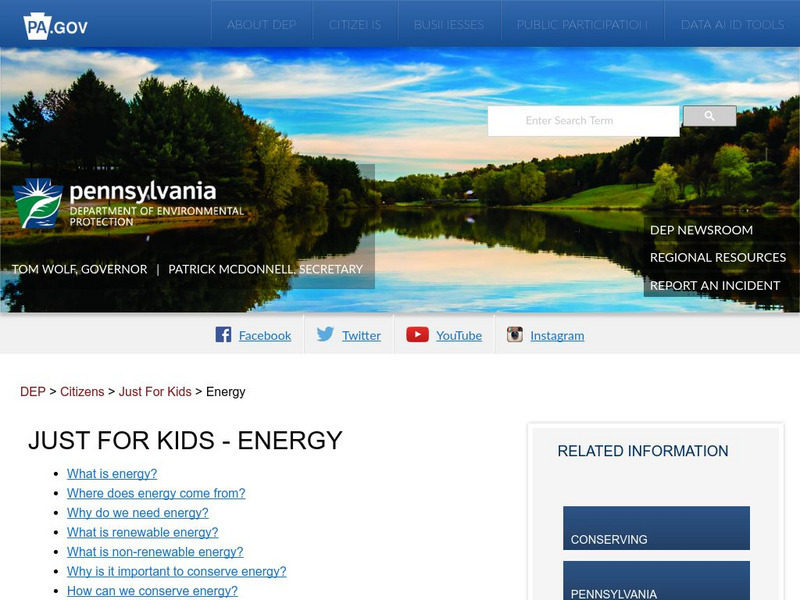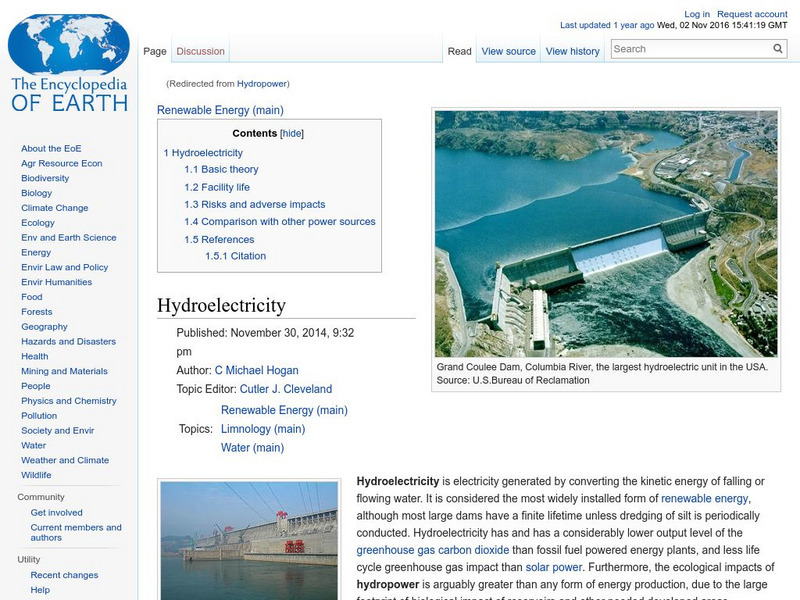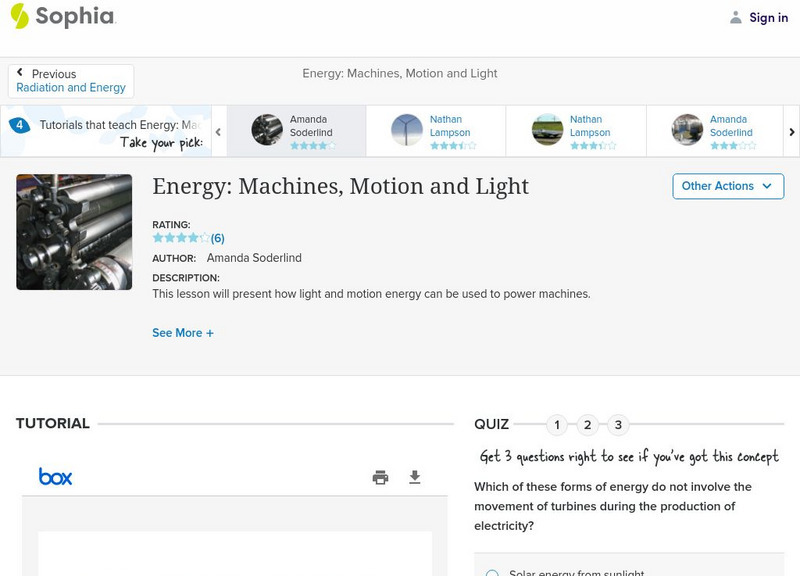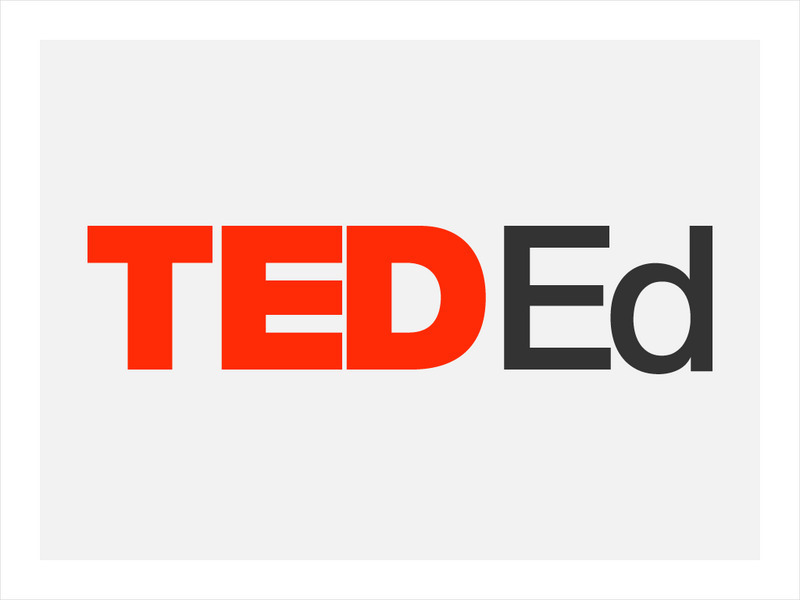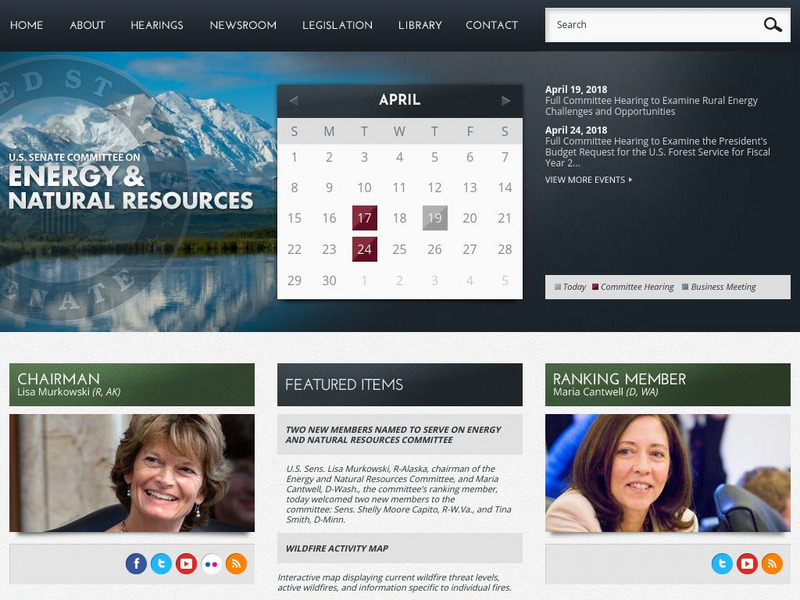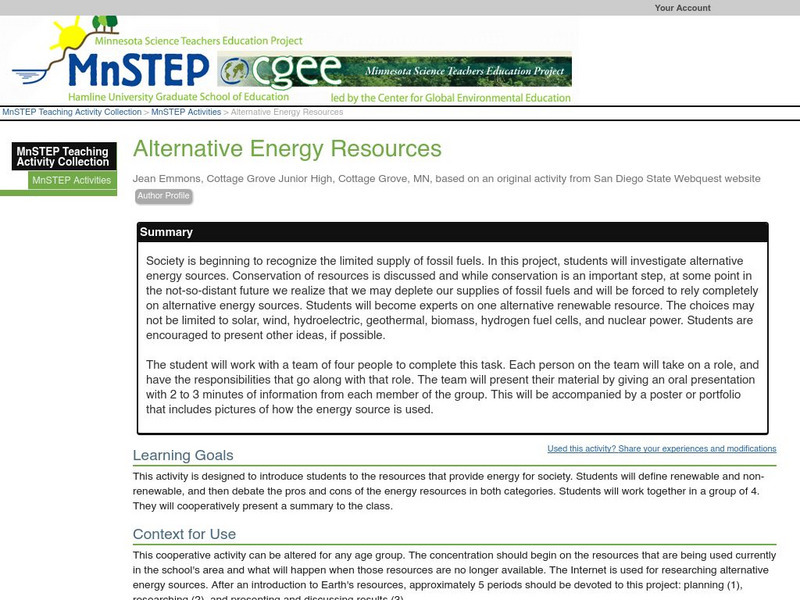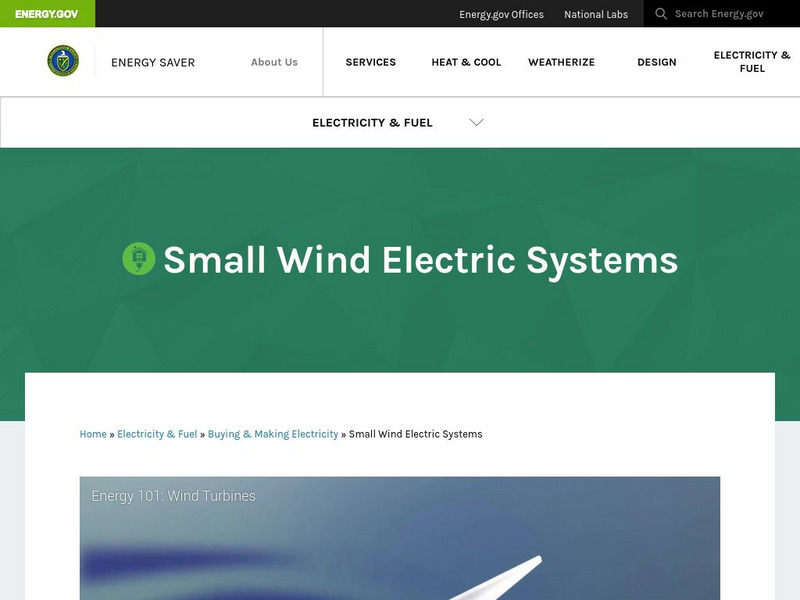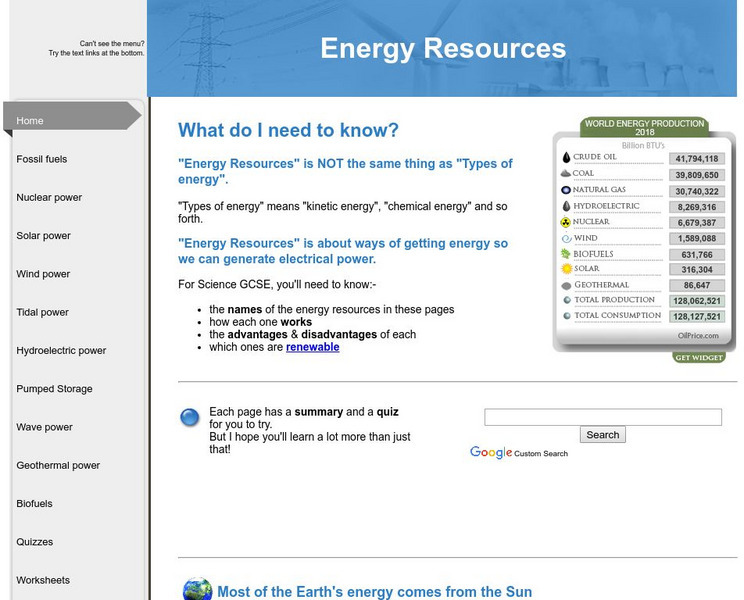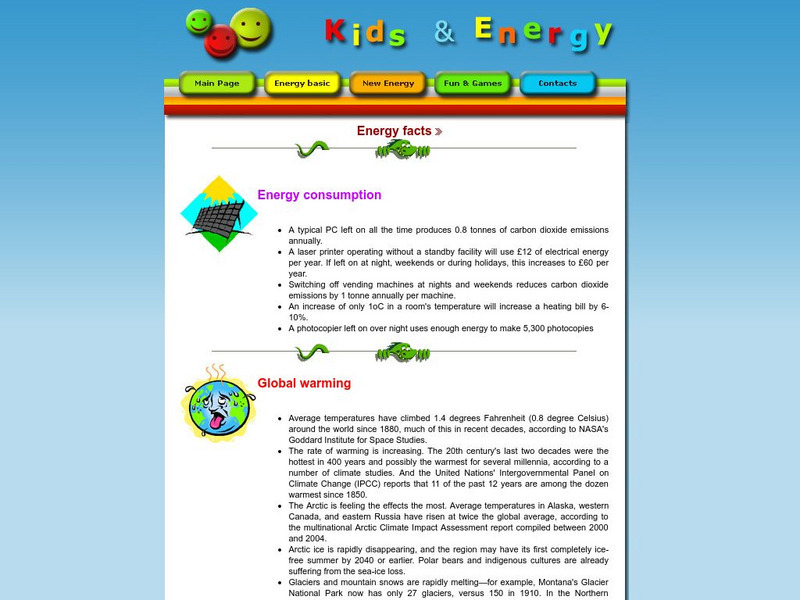Other
Pennsylvania Department of Environmental Protection: Just for Kids: Energy
Where does energy come from? What are non-renewable energy sources? How can we conserve energy? Learn the answers to these questions and more.
CK-12 Foundation
Ck 12: Life Science: 12.29 Renewable Resources
Learn how some renewable resources contribute to alternative energy sources.
Read Works
Read Works: Energy for Life
[Free Registration/Login Required] An informational text about the need for renewable, natural energy sources for the future. A question sheet is available to help students build skills in reading comprehension.
CK-12 Foundation
Ck 12: Earth Science: Renewable Versus Non Renewable Resources
[Free Registration/Login may be required to access all resource tools.] Distinguishes between renewable and nonrenewable resources.
US Department of Energy
Us Dept of Energy:mining Silicon Througha Single Displacement/redox Reaction
Young scholars will participate in a laboratory investigation that models the production of silicon. The activity investigates the sources, uses, properties, and importance in the fields of photovoltaics (solar cells/renewable energy) of...
Encyclopedia of Earth
Encyclopedia of Earth: Renewable Energy: Hydroelectricity
Explains, in scientific terms, what hydroelectric energy is and how it is produced. Discusses the lifespan of a hydroelectric facility, the risks and adverse effects of producing hydroelectricity, and how this form compares with other...
Sophia Learning
Sophia: Energy: Machines, Motion and Light
An introductory lesson describing the definition of energy, and highlighting different sources of usable energy.
Council for Economic Education
Econ Ed Link: Be an Energy Saver
This lesson focuses on the scarce and non-renewable nature of fossil fuels in order to stimulate student thinking about energy conservation. It emphasizes the fact that saving energy can be good for the wallet as well as the earth's...
TED Talks
Ted: Ted Ed: Why Aren't We Only Using Solar Power?
Solar power is cheaper and more sustainable than our current coal-fueled power plants, so why haven't we made the switch? The real culprits here are the clouds, which make solar power difficult to control. Alexandros George Charalambides...
US Senate
U.s. Senate Committee on Energy and Natural Resources
The responsibilities of the Committee on Energy and Natural Resources oversees important legislation in Congress and has distinguished itself as among the most nonpartisan in the Senate.
US Department of Energy
U.s. Department of Energy: Energy Efficiency and Renewable Energy: Biodiesel
Find answers from the U.S. Department of Energy to your questions about biodiesel, its blends, and benefits. With additional information that explains how the fuel is made and distributed.
US Energy Information Administration
U.s. Eia Energy Kids: Timelines: Solar Thermal
Timeline of key milestones in the use of solar power as a source of renewable energy.
Science Education Resource Center at Carleton College
Serc: Alternative Energy Resources
Society is beginning to recognize the limited supply of fossil fuels. In this project, students will investigate alternative energy sources. Conservation of resources is discussed and while conservation is an important step, at some...
US Department of Energy
U.s. Department of Energy: Energy Savers: Small Wind Electric Systems
An interactive animation teaching how a wind turbine works to produce electricity.
US Department of Energy
U.s. Department of Energy: Fuel Cell Technologies Program: Fuel Cell Animation
A series of animated illustrations show how a polymer electrolyte membrane fuel cell works. PEM fuel cells are the most common type used in flex-fuel vehicles.
Energy4Me
Energy4me: Energy Sources of the World [Ppt]
Learn about the many different energy resources available from our Earth. Find out the pros and cons of each type: both renewable and nonrenewable.
Other
Energy Resources
Finding alternative energy sources is a challenge facing the leaders of today and tomorrow. Andy Darvill has created an impressive resource, summarizing various renewable and non-renewable energy resources.
BBC
Bbc: Gcse Bitesize: Energy Demands
Electricity is a very convenient form of energy that can be generated using different energy resources. Some of these resources are renewable and some are non-renewable. Each resource has advantages and disadvantages. A link to a test is...
Other
Florida Dept. Of Education: Conservation of Renewable and Nonrenewable Resources
In this learning module, students learn to differentiate between renewable and nonrenewable resources, and identify resources that fit into each category. It explains the environmental effects of using nonrenewable resources, such as...
US Energy Information Administration
U.s. Eia Energy Kids: Energy Explained
A comprehensive source of information about energy in all its forms. Each type of energy is explained, along with information about its environmental impact, supported with graphs, charts, and other data. There is a twenty-question quiz...
Energy for Sustainable Development
Esd Bulgaria: Kids & Energy: Energy Facts
A collection of facts about energy use broken down into various topic areas, e.g., health impact of fossil fuels, transportation, energy consumption, alternative energies, etc.
Other
Wisconsin K 12 Energy Education Program (Keep)
The mission of KEEP is to improve energy education in Wisconsin's schools. It provides teachers access to resources, activities and web support for many hands-on lessons for all grade levels.
E-learning for Kids
E Learning for Kids: Science: Cruise Ship: What Sort of Energy Is Provided by Water?
Shana is learning about water. Help her discover all the different ways water can provide us with energy.
E-learning for Kids
E Learning for Kids: Science: Cyprus Dancing School: What Sort of Energy Is Provided by the Wind?
Chara is finding out a lot about the wind and how it can provide energy to us. Join her in Cyprus to learn along with her.
Other popular searches
- Renewable Energy Resources
- Renewable Energy Sources
- Non Renewable Energy Sources
- Non Renewable Energy Sources


